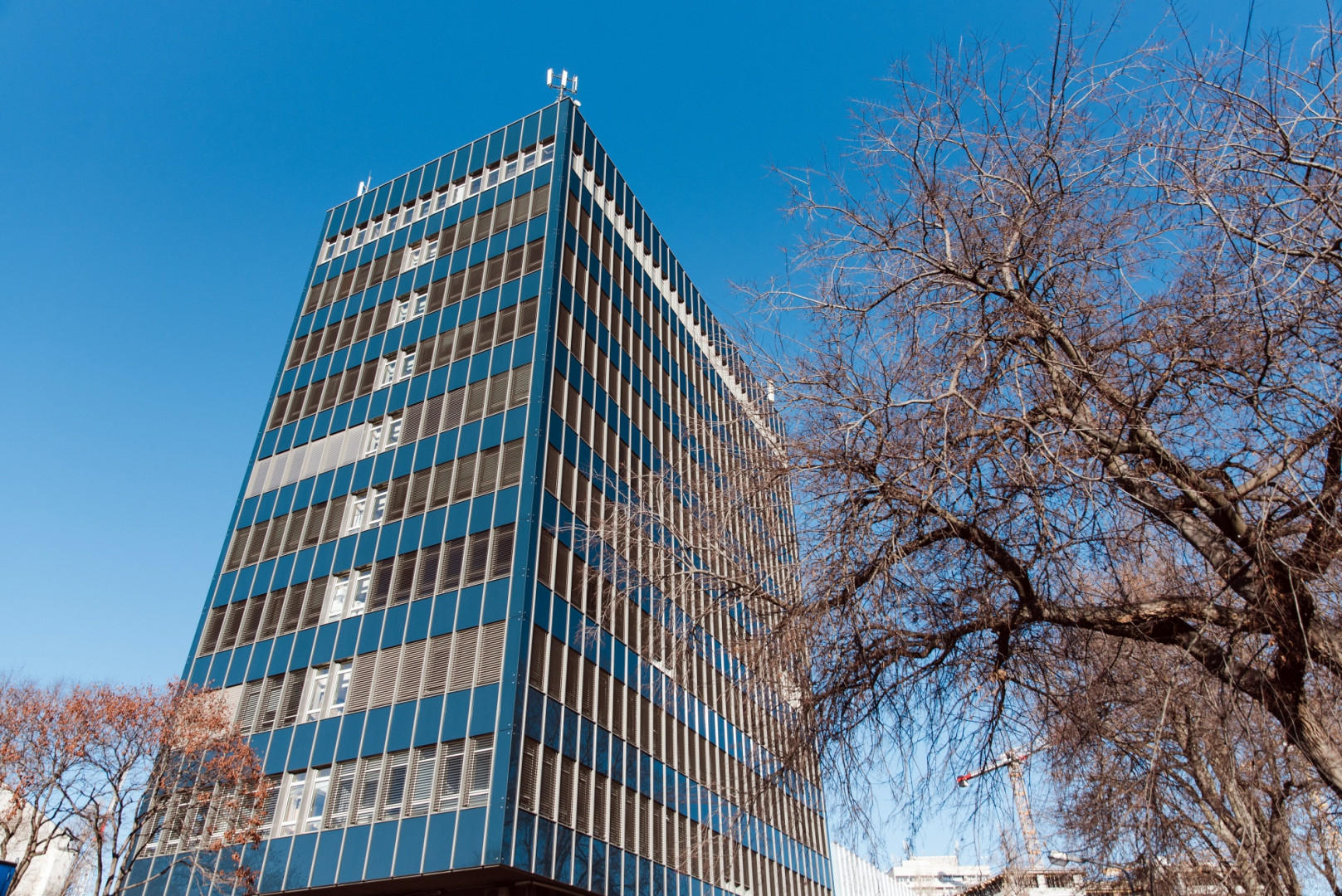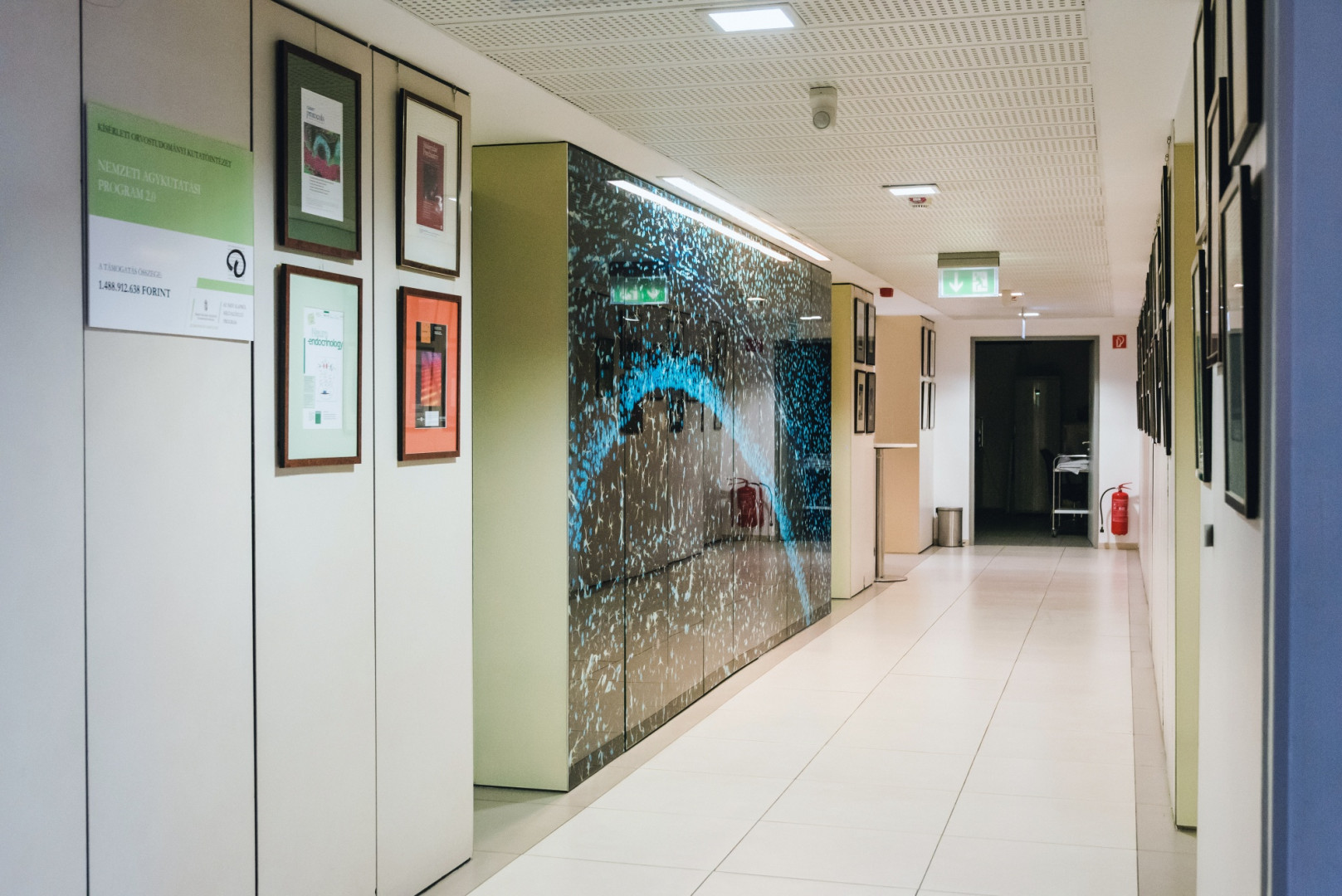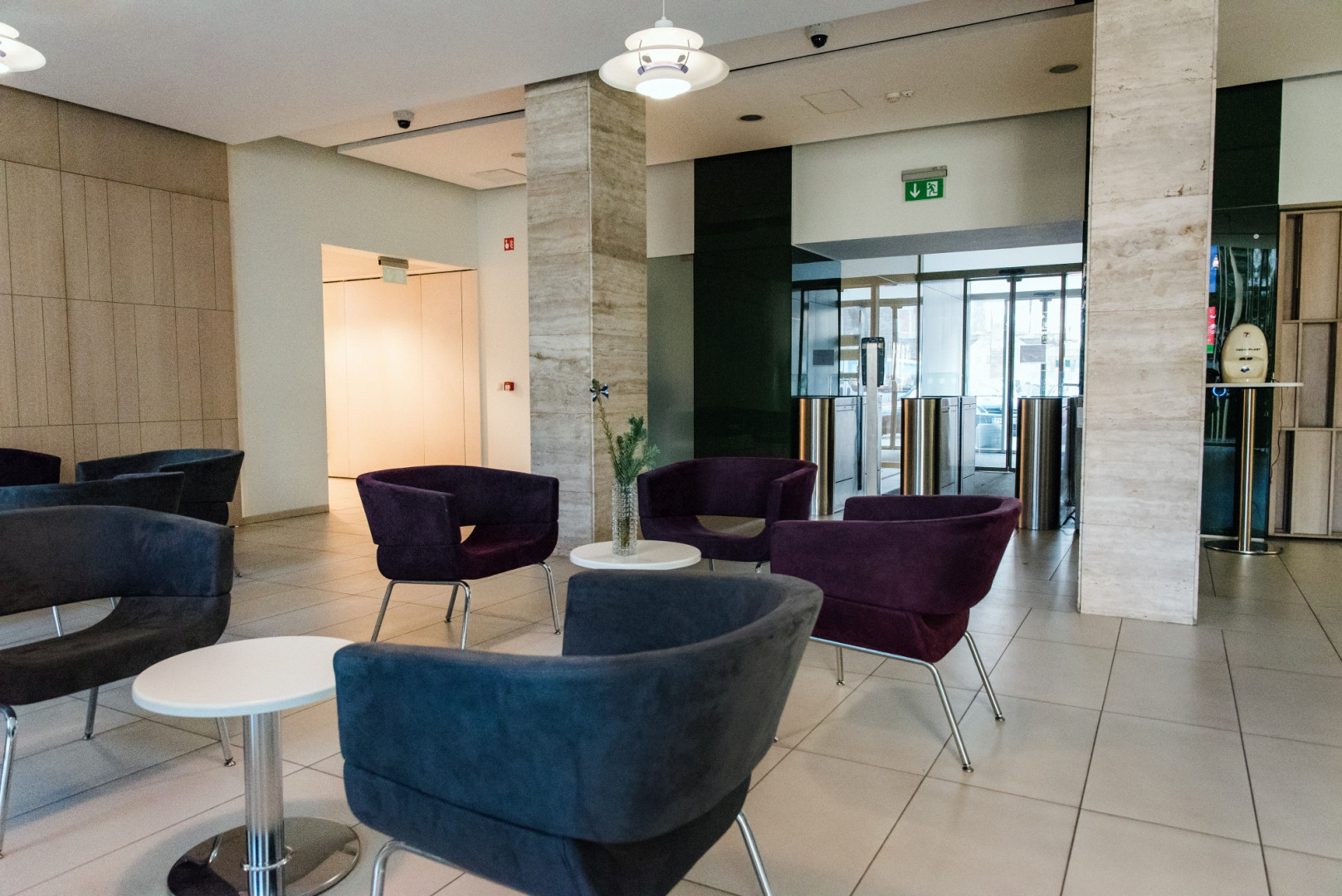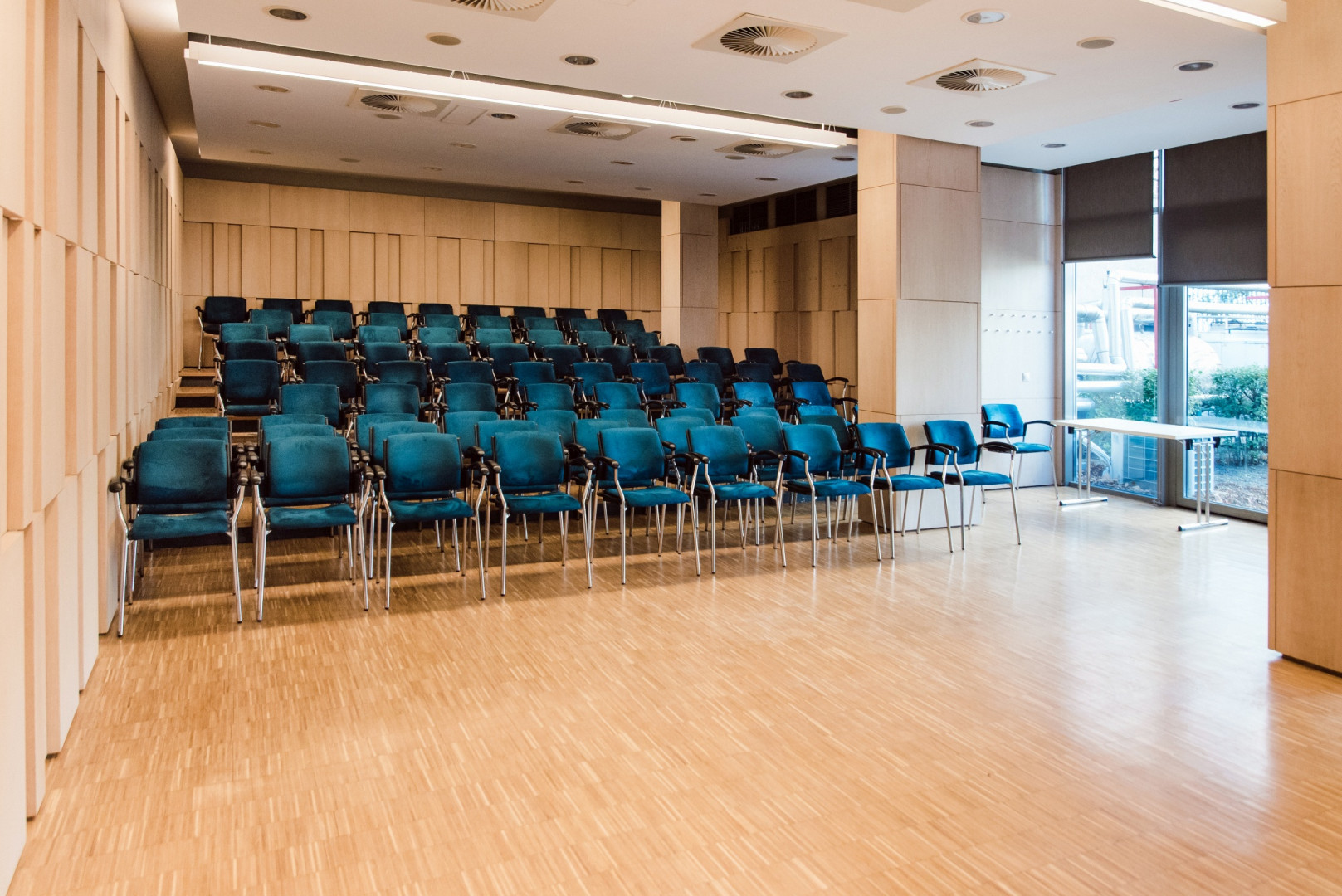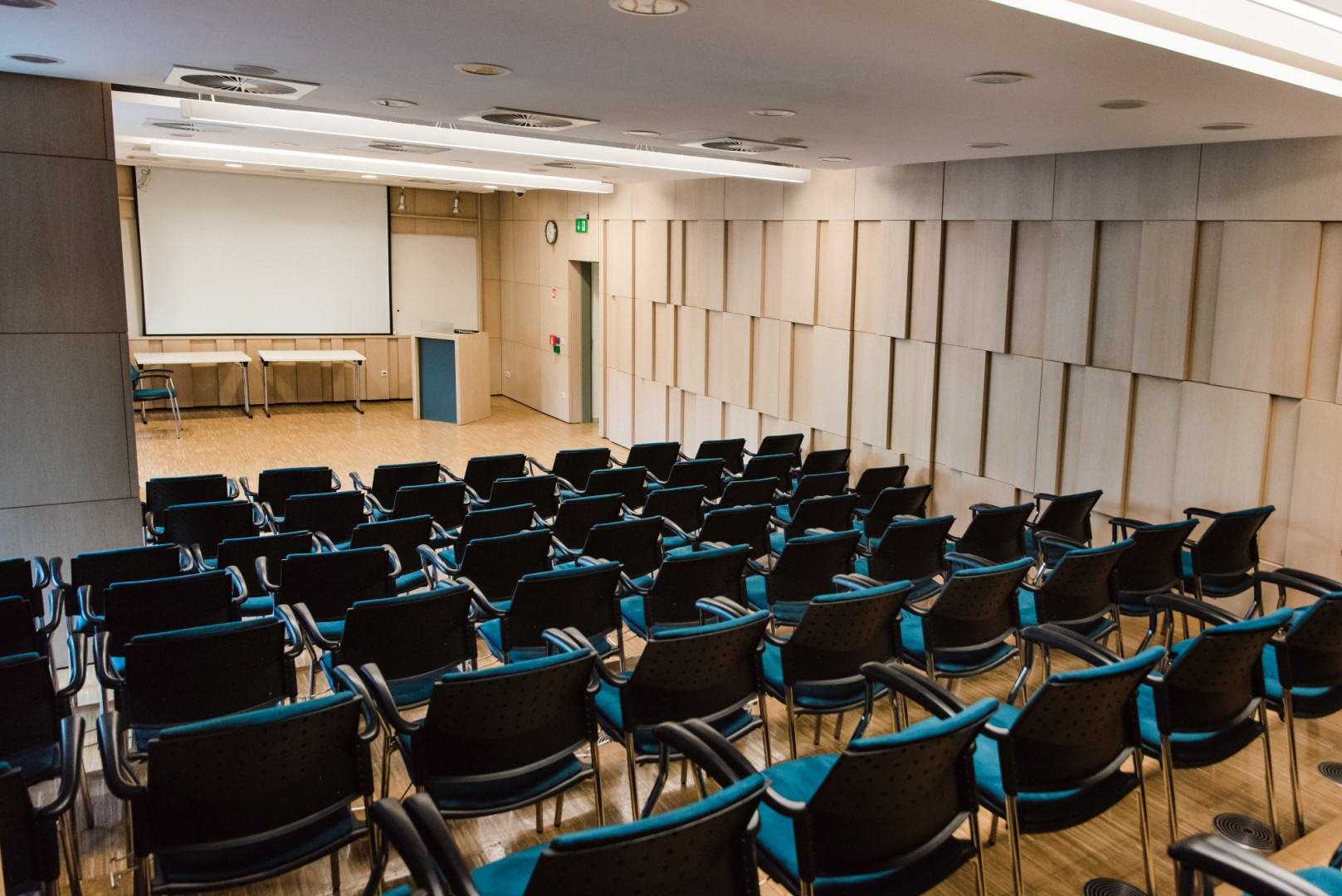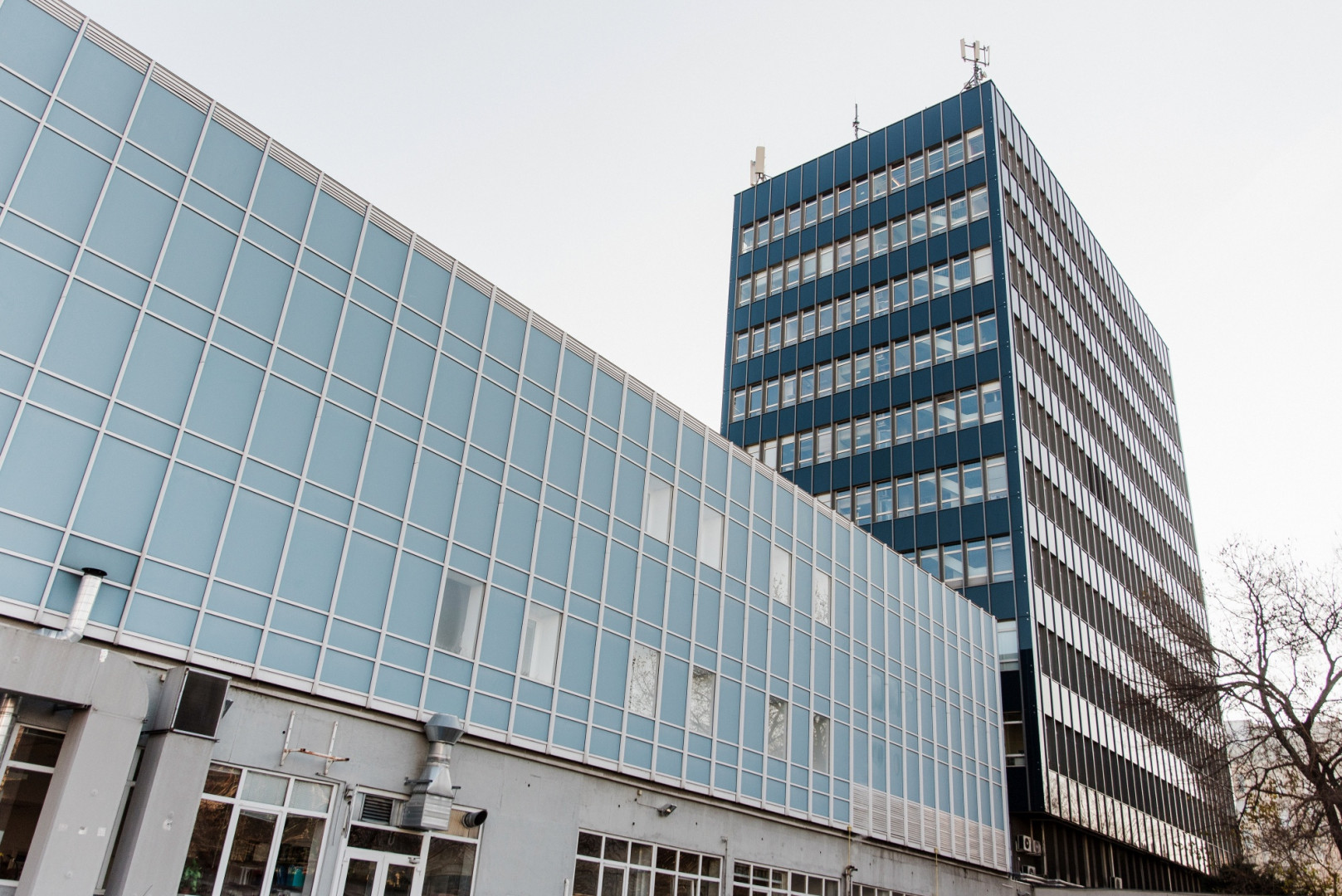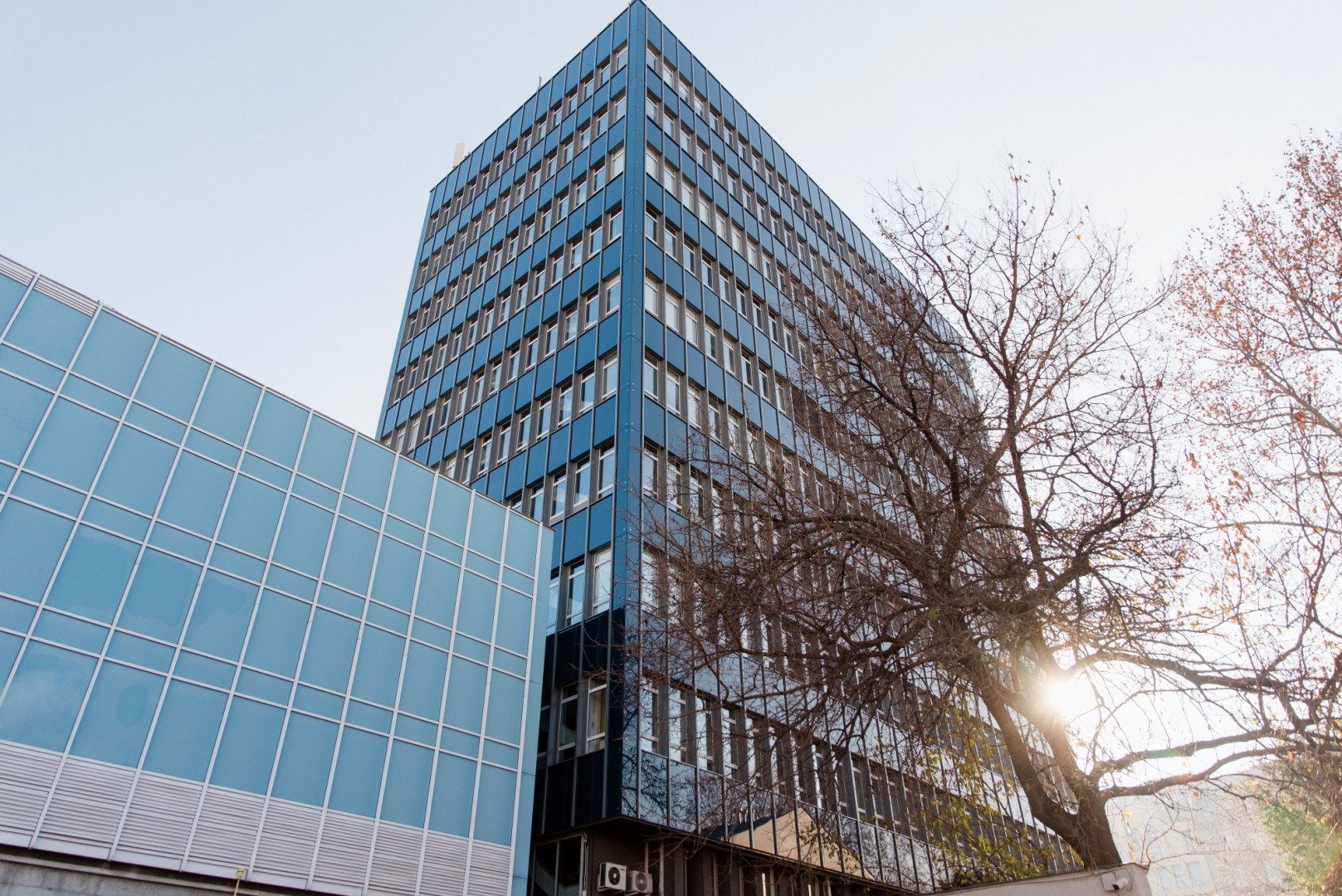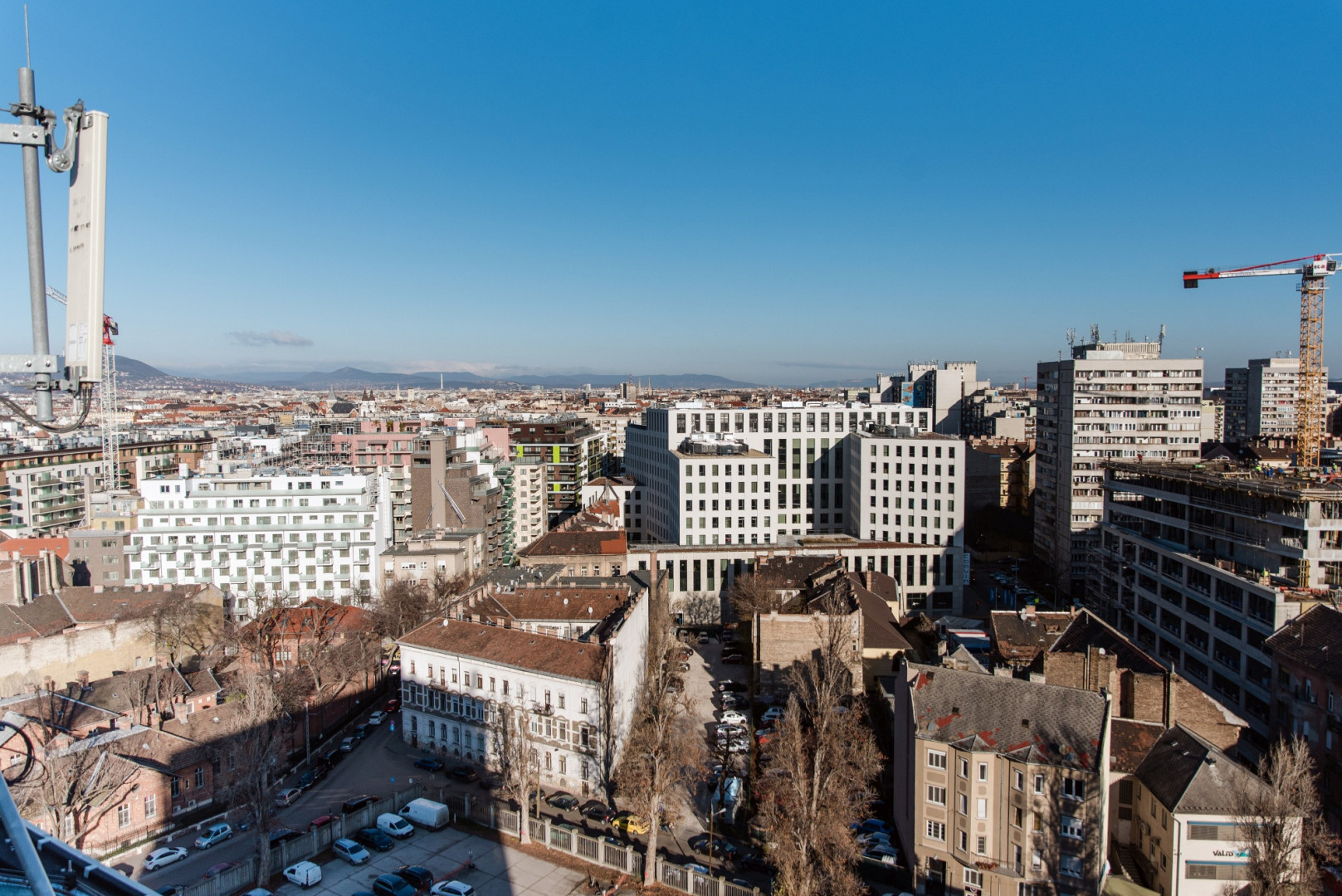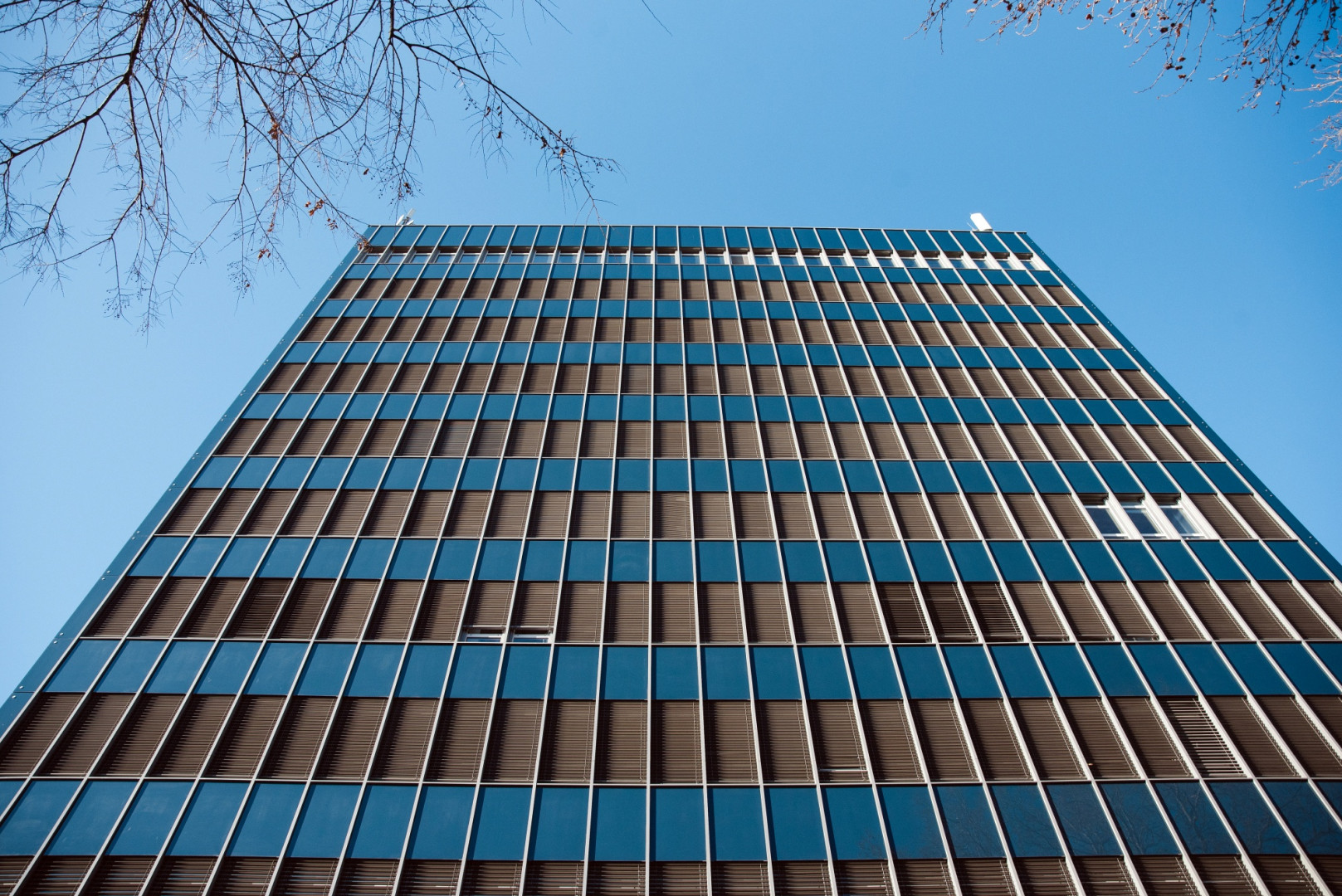Introduction
The main topic theme of the Institute of Experimental Medicine is the exploration and understanding of the nervous system in order to increase our knowledge of the brain and contribute to the treatment of neurological diseases which are a huge burden to society, and to the development of medical diagnostics and brain research methods.
Originally founded in 1952 to carry out biomedical research, the Institute has developed over the last 20 years into the country's leading centre for neuroscience and by now become a world-renowned neurobiological research institute.
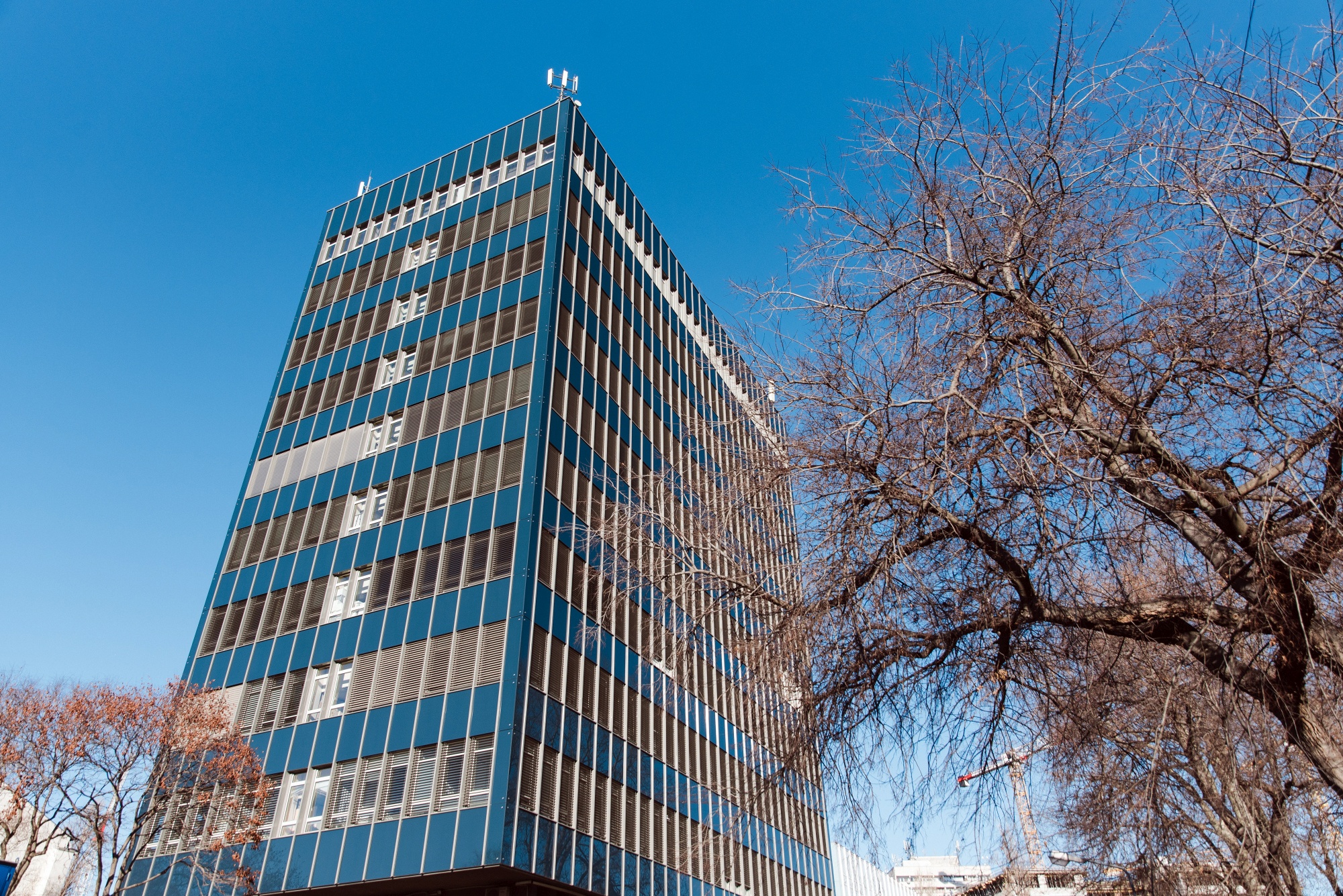
The institute has 20 research groups with independent research profiles, which together represent all major disciplines in neuroscience, from pharmacology, behaviour and stress research to neuro-immunology or cellular and network biology approaches.
The institute's equipments includes state-of-the-art microscopes and instruments for measuring neuronal activity, as well as complex molecular neurobiological methods. The work of the institute's researchers is supported by 10 core facilities, which greatly facilitate the diversification of methods used by the groups.
The Institute is core-funded through the government-mandated ELKH. In addition, the researchers earned international grants of comparable magnitude (10 ERC grants, several Wellcome Trust, HHMI, HFSPO and NIH grants, participation in EU consortia) and there is also significant national grant support (Frontline, Momentum, National Laboratories, OTKA proposals).
The institute has developed multifaceted and fruitful collaborations with a number of national and international research institutions and universities, and has also developed strong industrial links in recent years.
In addition to research, the Institute's staff play a major role in post-graduate training, teaching and giving courses at several universities, and educating the large number of undergraduate and PhD students working at the Institute to work with dedication and quality. Our staff also play an important role in the national scientific community.






